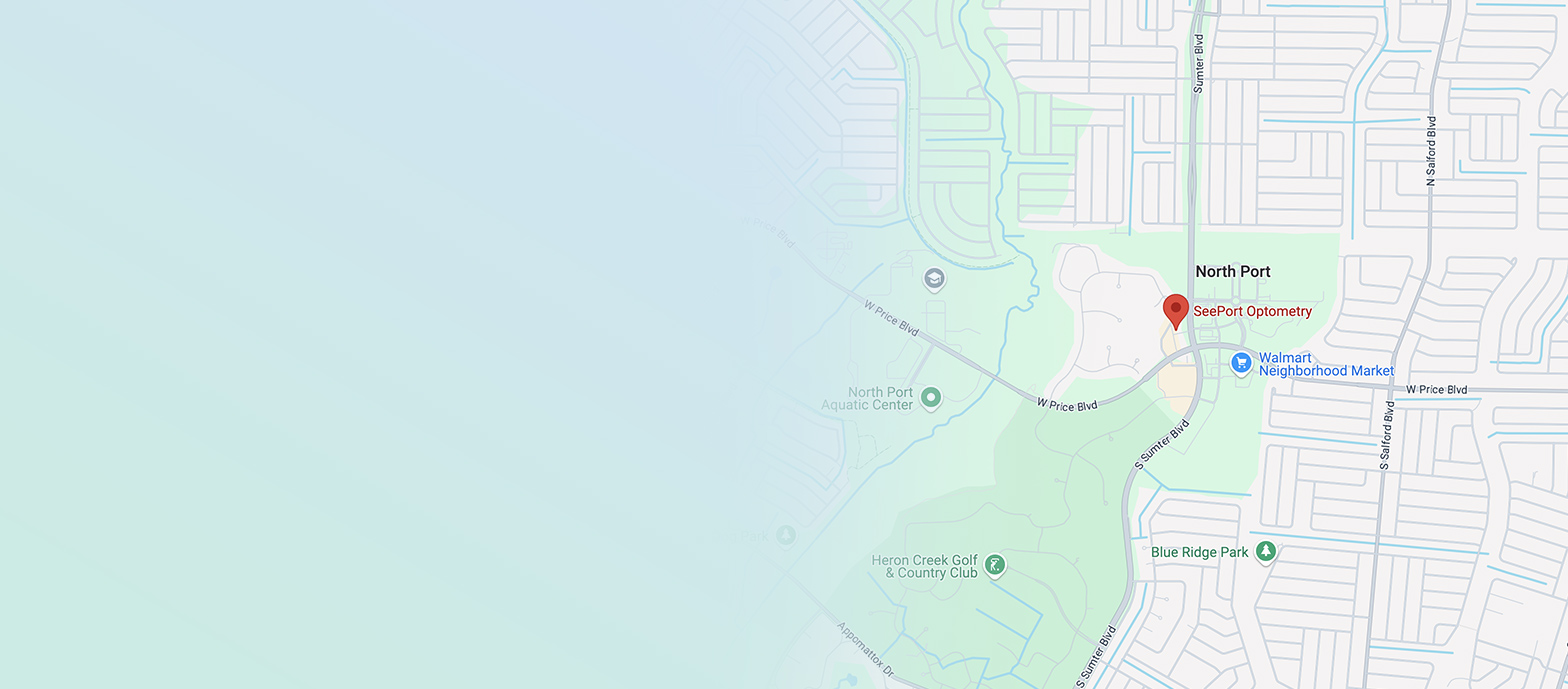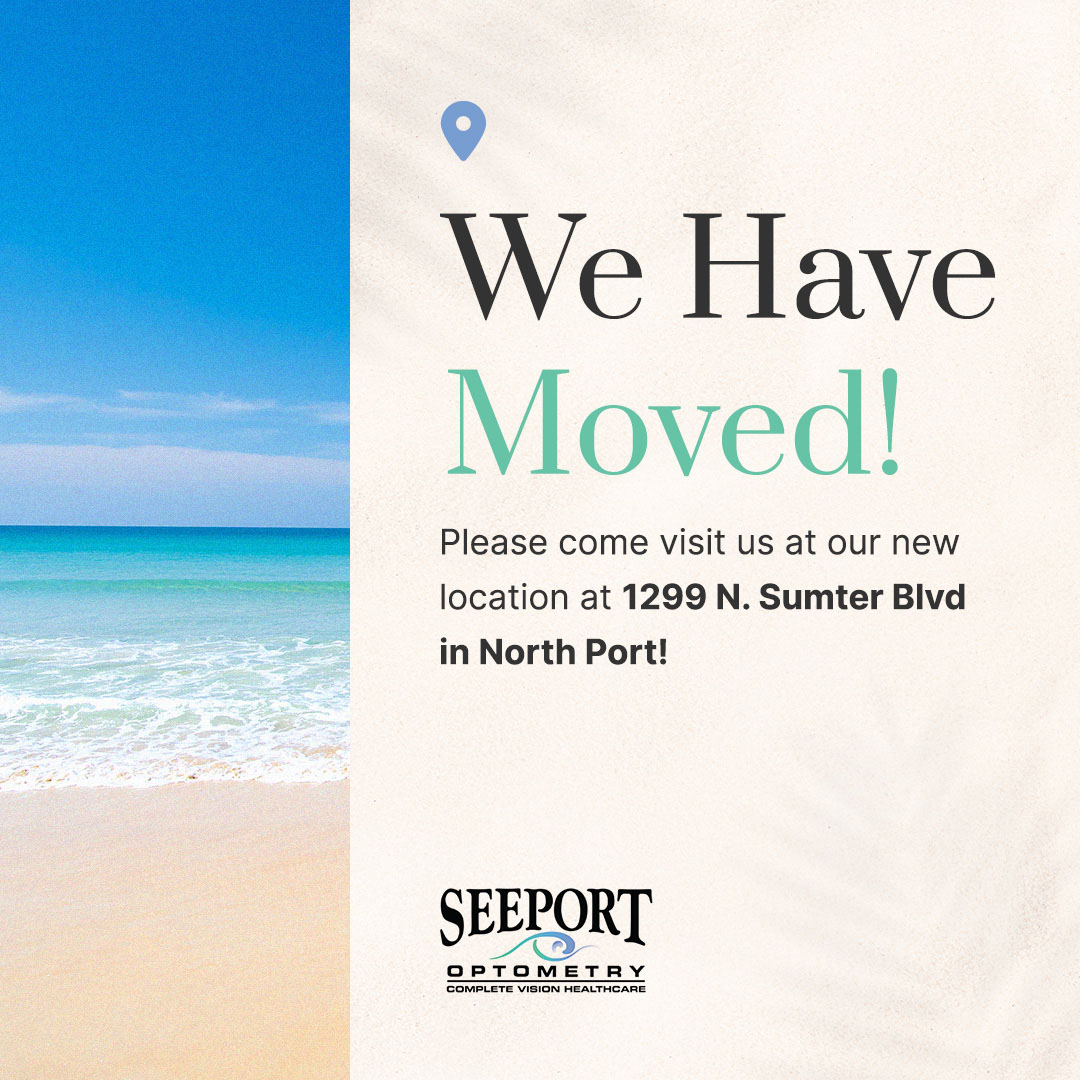
Glaucoma occurs when fluid buildup in the eye damages the optic nerve. The pressure created by this fluid buildup, known as intraocular pressure, can permanently affect vision if left untreated. It is one of the most common causes of blindness globally. If left untreated, it can have devastating effects. Fortunately, several treatments can help slow vision loss and avert blindness.
What Causes Glaucoma?
Glaucoma may develop for unknown reasons, but several things can influence its occurrence. Intraocular eye pressure can cause fluid to accumulate and puts pressure on the optic nerve. It is the most crucial factor. Age, diabetes, ethnicity, hypertension, farsightedness or hyperopia, and long-term corticosteroid use are additional risk factors.
Tests and Diagnosis for Glaucoma
You could have glaucoma even if you do not experience symptoms. That is why it is imperative to have regular comprehensive eye exams. An eye doctor can evaluate your optic nerve's condition and detect any vision loss. The following tests can help diagnose this condition:
Dilated Eye Exam: This test involves widening the pupils to examine the optic nerve at the back of the eyes.
Gonioscopy: An examination of the angle where the iris and cornea meet.
Visual Acuity Test (Eye Charts): This test evaluates vision loss.
Visual Field Test: A test to check for changes in peripheral vision.
Optical Coherence Tomography (OCT): This test uses light waves to visualize changes in the optic nerve that may indicate glaucoma.
Ocular Pressure Test (Tonometry): This test measures the pressure inside the eyes.
Pachymetry: A measurement of the thickness of the cornea.
Slit-lamp Exam: An eye doctor examines the inside of the eyes using a special microscope called a slit lamp.
Management and Treatment
Medications for Glaucoma
Prescription eye drops can treat glaucoma by decreasing fluids and increasing drainage to improve eye pressure. Daily eye drops may be necessary for life.
Bimatoprost Implant
A new delivery device for bimatoprost is available as an implant that dissolves and works for several months. Your eye care provider places it once in each eye.
Laser Therapy
Laser therapy uses an intense beam of light to help enhance fluid drainage from your eye. It may be a first-line therapy or in addition to eye drops. The effects of laser treatments vary but can sometimes last for years.
Surgery
Surgery is more invasive. However, it can control eye pressure faster than other treatments. It can help slow vision loss but cannot restore lost vision or cure glaucoma.
Prevention
Early detection through routine comprehensive eye examinations is the best approach to protecting your eye health and preventing vision loss. These exams should occur every one to three years after age 35 for high-risk individuals.
Conclusion
While there is no glaucoma cure, the treatments discussed above can keep eye pressure under control and prevent vision loss. Comprehensive eye exams can help save your eyesight. With proper care, you can prevent this disease from worsening and leading to permanent vision loss or blindness.
For more information on glaucoma, visit SeePort Optometry at our North Port, Florida office. Call (941) 876-4400 to schedule an appointment today.









